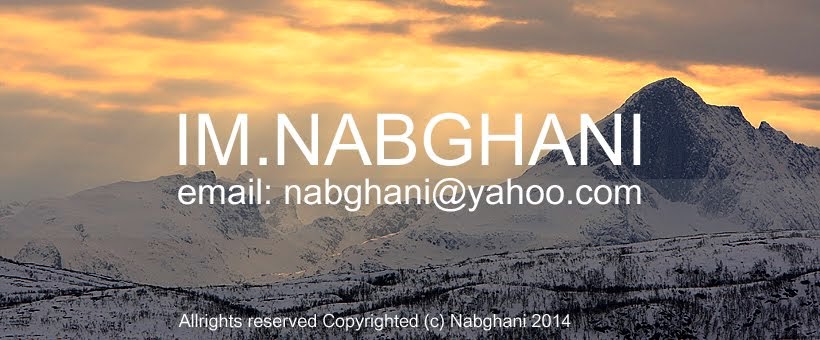Since swapping laptop this year I'm no longer able to use some of my favorite softwares among them DSS and Photoshop. So now for a quick and dirty stacking I use Sequator which was recently made available by it's developer also free of charge. It is so much easier to use however with much less options for tweaking the stacking process.
One single shot at 15secs tracked.
A stacked of 12 tracked shots at 15sec each.
The view beneath that of Orion (stitched), light pollution is the bigger issue with astrophotography.
Milkyway from Sulaskard 2017 f/1.2 @ f/2.8 on Sony A7S, single shot tracked, minimum light pollution.
The main isssues with trying to image the night sky falls into two main categories. Those within a photographer's control:
1) Aperture - wider aperture lets in more light, thus shorter exposure time, less noise, less trailing
2) Sensor size - larger sensor, less noise.3) Earth's rotation - compensated for by star a tracking device, longer exposure, less need for widest aperture
And the issues outside of a photographer's control :
1) Weather - not much one can do other than more to Tenerife and pray for clear sky2) Light pollution - seek dark sky (within our control to a certain measure)
A star tracker could possibly solve item 1 and 2 in one swipe, with the tracker you can probably get away with a crop camera, an f/4.5 lens and stacking combination. However the same combination with a fullframe camera and an f/1.2 lens would take your image that much further than a crop sensor can.
It took me many years to progress from shooting stars and Milkyway with a crop sensor and f/4.5 lenses purely on a account of cost, and partly commitment. Then I saw a lot more of the sky when I moved to fullframe and f/1.2 (big glass) lenses. Then I bought the Skywatcher Star Adventurer, it took me about a year before I actually dragged it out for a session with the Milkyway.
As for my night sky imaging, I can say that I'm working hard on the motivation and commitment on my part. Along the journey I've also picked up a couple of f/1.4 lenses as well as tripods.
The best I could do with a tripod, crop sensor Canon 40D and f/4.5 lens ... trying to capture fireflies and the stars at Sg Kadulit, Kuala Suai, near Miri, Sarawak. This was several years before Sony A7S!
An attempt at Milkyway (Sep 2011) with Canon 40D+Tokina 16-35/2.8: Iso1000, 30secs,f/2.8. I was shooting Jpeg, WB 5000.







No comments:
Post a Comment